
Coastal House Plans On Pilings House Plans
Posted on January 14th, 2016 by Aaron Presley. Certain geographic areas present unique challenges when building a home. In areas that are prone to flooding, that have loose or sandy topsoil, or that are swampy, house pilings are often driven into the ground to reach more stable soil or bedrock, and the house is constructed on top of the pilings. This raises the house above the typical flood.

Pilings II — GENERAL PUBLIC
Screw piles are a perfectly safe method of construction, even for a two-story house. Many modern screw piles can support 70,000 lbs (31,750 kg) of weight per pile, which is much higher than concrete piles that typically support 5,000 - 30,000 lbs (2,270 kg - 13,600 kg) of weight per pile. And we have probably all seen structures such as.
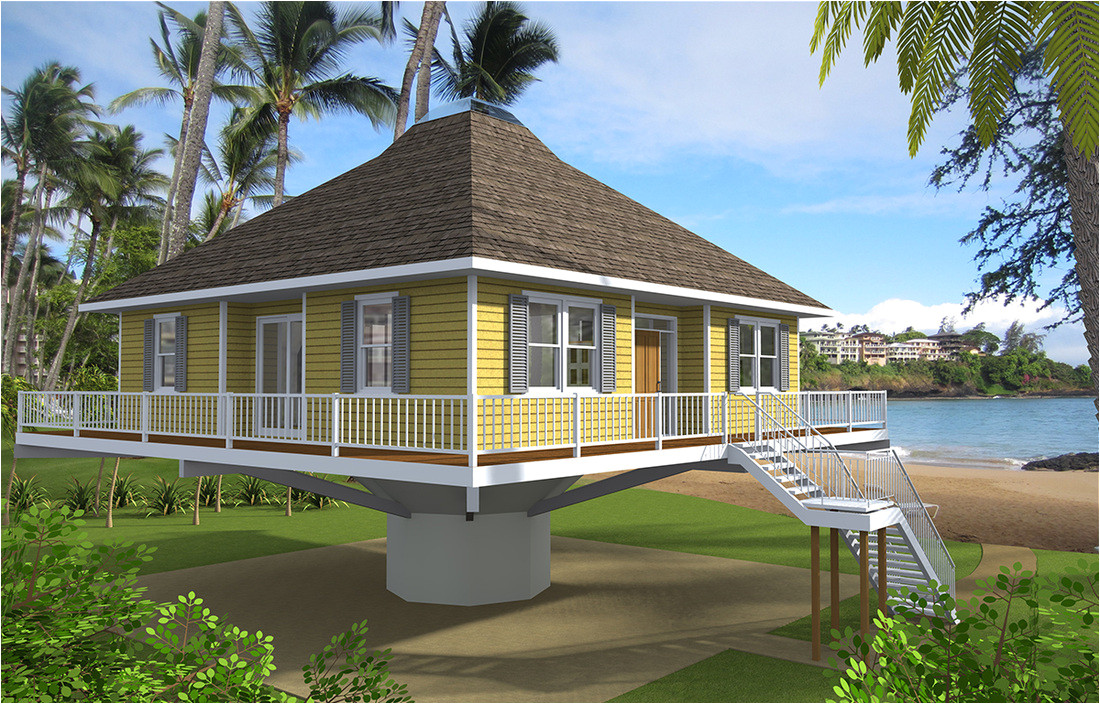
Home Plans On Pilings
Pilings are timber, metal or concrete columns driven many feet into the ground to support the house on bedrock, while piers sit above ground. Building a house on pilings requires the assistance of an engineer to calculate the load and the type, length and diameter of the pilings. Houses are built on pilings where the land won't support.
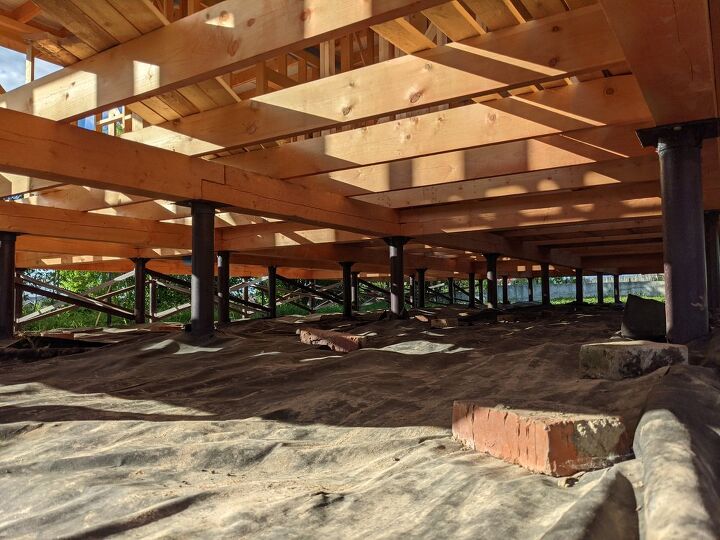
How Many Pilings Do I Need For My House? (Find Out Now!)
The next option, and a much less costly and invasive one, is the piling/grade-beam foundation system. This system consists of the augering of a series of six foot deep holes which then are filled with concrete and rebar, with a three-ply 2×8" pressure treated grade-beam being placed on top of the piles around the perimeter of the addition.
Coastal Home Plans On Stilts Elevated, Piling and Stilt House Plans Coastal House
A minimum of 24 columns (pillars) are required for a 2,000 square foot house. A typical 2,000 sqft of house may be of size 50'x40', for 2000 sq ft house you have to provide atleast 24 pillars /columns. Provide the 6 pillars at span of 10 feet in 4 rows (total No. of pillars = 6×4 = 24 nos) parallel to 40 feet side to enhance stability in.
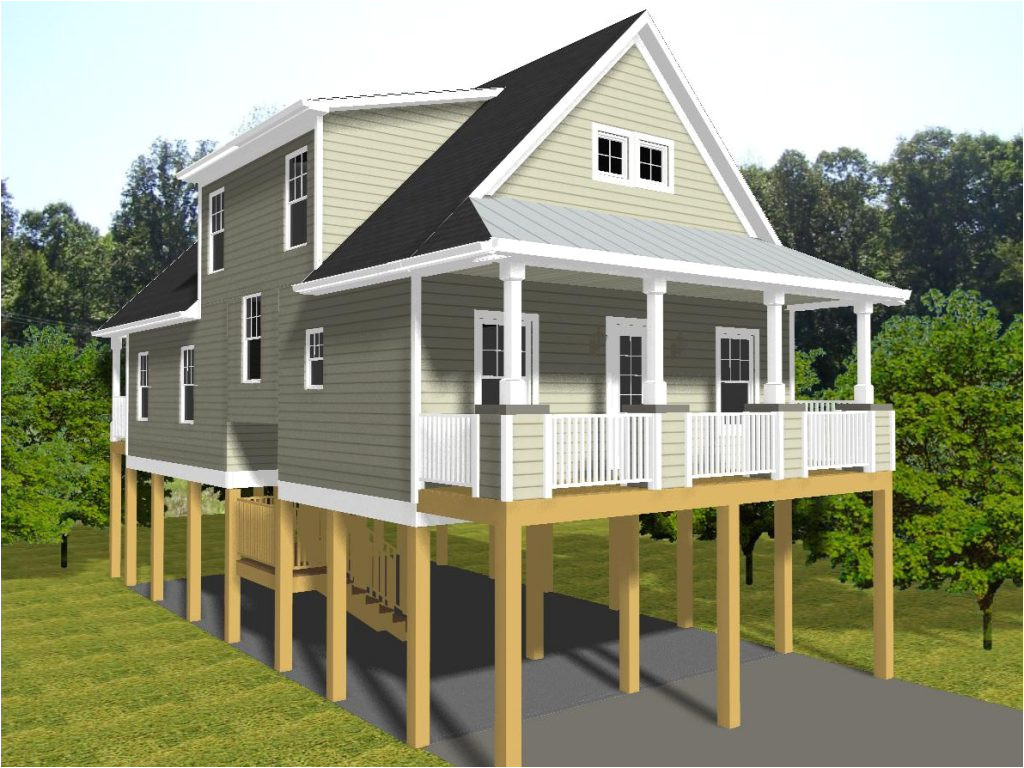
Home Plans On Pilings
The type of foundation on which your house was originally built (basement, crawlspace, slab-on-grade, piers, posts, pilings) also can affect the elevation process. This issue is discussed later in this chapter, in the section The Elevation Techniques. Hazards Because so many elevation techniques are available, elevation is practical for
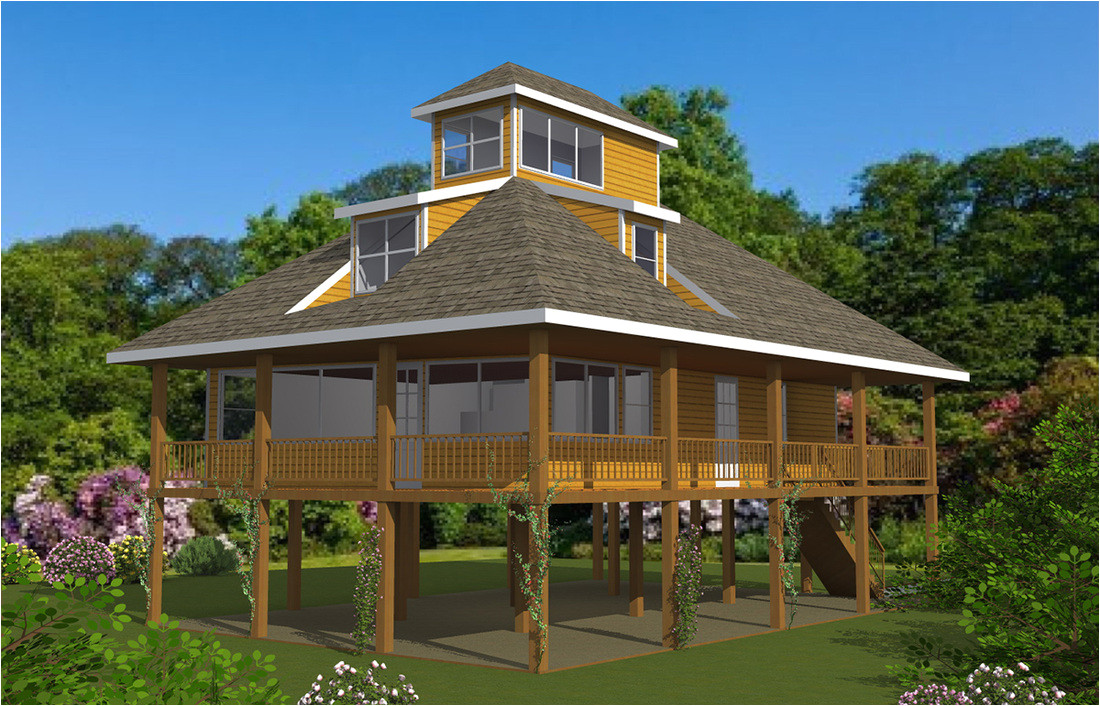
Home Plans On Pilings
Carpenters can begin building on helical piles as soon as they are set, with no concerns about placing and protecting concrete in the winter. These piles will support an addition. Photo courtesy Scott Gibson. Plans for the 400-sq.-ft. addition looked straightforward: a new dining room, a pantry, and a full bath stretched out along an existing.

Pilings I — GENERAL PUBLIC
Place your stilts into the holes and use support rope to hold them up while the concrete dries. You will need anywhere between 24 and 48 hours for the concrete to set and roughly a month for it to dry completely. You can then fill the holes with sand or more concrete, whichever you choose. Remove your support ropes and begin the base building.

25 Houses Built on Stilts, Pilings and Piers (Photo Examples from Around the World) Building a
Footing width can vary according to the structure, site, and conditions. Under code, generally, one-story buildings with footings on undisturbed soil with LBVs between 1,500 and 4,000 should have a minimum width of 12 inches. Two-story buildings require a minimum of 15-inch wide footings for 1,500 LBV soil.

How Much Does It Cost to Build a House on Pilings? Civiljungle
Step 4. Drive piles into the ground using a crane-mounted diesel- or air-powered hammer. Choose the double-acting hammer for precision and accuracy. Unlike the single-acting hammer, it does not have to be raised by cable after each blow.

Should I Use Concrete Pilings or Steel Pilings for Foundation Repair?
Installing pilings after elevating a home can cost anywhere from $12,000 to $40,000, or $10 to $40 per square foot on average, not considering the cost of lifting the structure. A home that is more than 10 to 12 feet above the ground or in coastal locations would often require pilings.
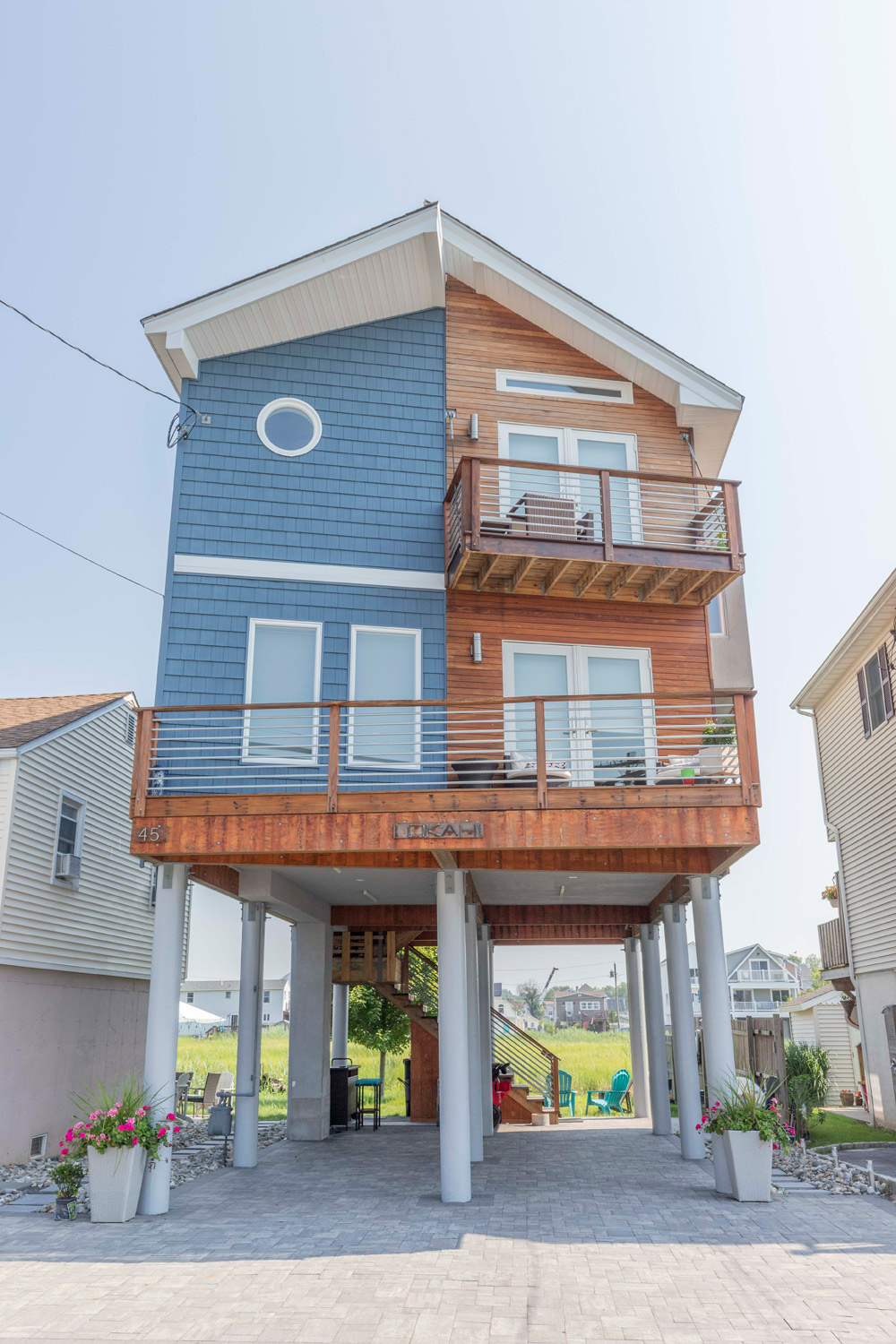
Composite Fiberglass Pilings for Stilt Foundations Pearson Pilings
Firstly, we find the geotechnical capacity and the structural capacity of the pile. Then the minimum of those values is taken as the capacity of the pile. Since the applied load is known, the number of piles can be calculated. Bored piles are constructed as single piles or group piles based on the applied loads.

"Bosham pilings" by SkinkArt Redbubble
In the Floor 1 Defaults dialog, on the Structure panel, under the Relative Heights heading, specify the desired Rough Ceiling height. In this example, 109 1/8" is used. In the Foundation Defaults dialog, on the Foundation panel:. Select Walls with Footings as the Foundation Type.; Under the Stem Walls section, specify the Minimum Height as equal to the required top height of the pilings at the.
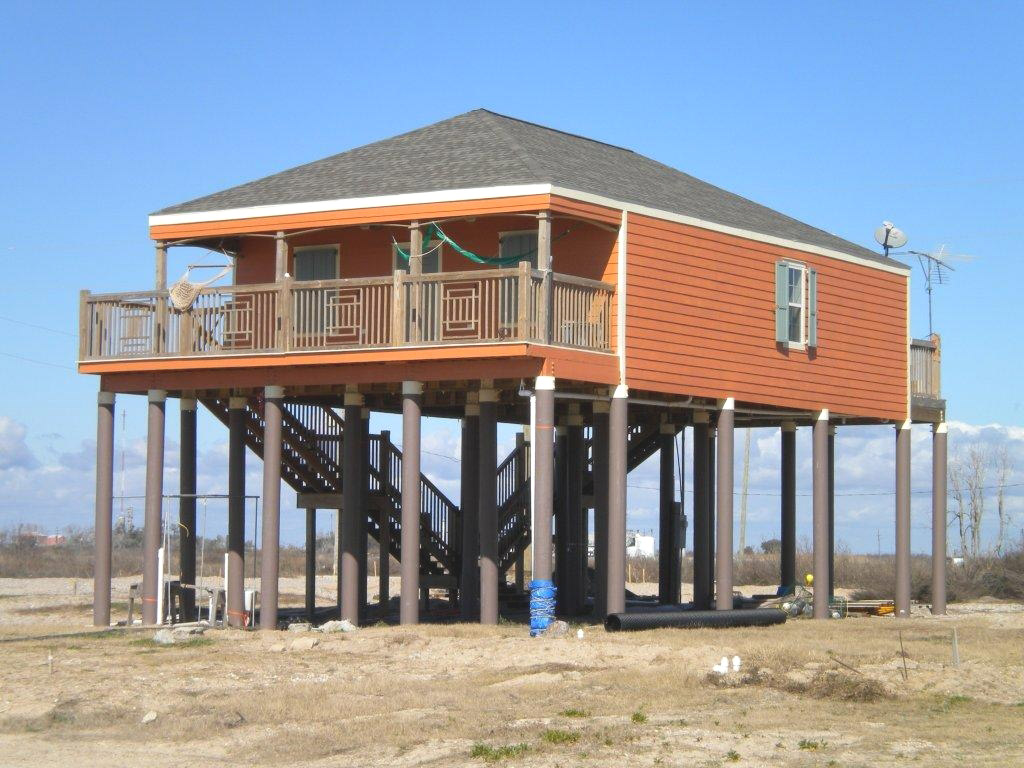
Composite Fiberglass Pilings for Stilt Foundations Pearson Pilings
The following describes three common methods of using piling types in construction: 1. Driven pile foundations. Concrete, steel and timber are the most common materials used to make piles for the driven pile foundation method. Concrete piles are precast before they arrive at a construction site.

Doityourself Polebarn Building Put up a pole building for a fast, solid and costeffective
Piling docks, according to estimates, cost between $20 and $40 per square foot, with installation costing between $80 and $100. A minimum of 15 inches of soil must be provided for each 150 LBV structure in a two-story building. It is made up of wood, bamboo, cane, or even rattan.
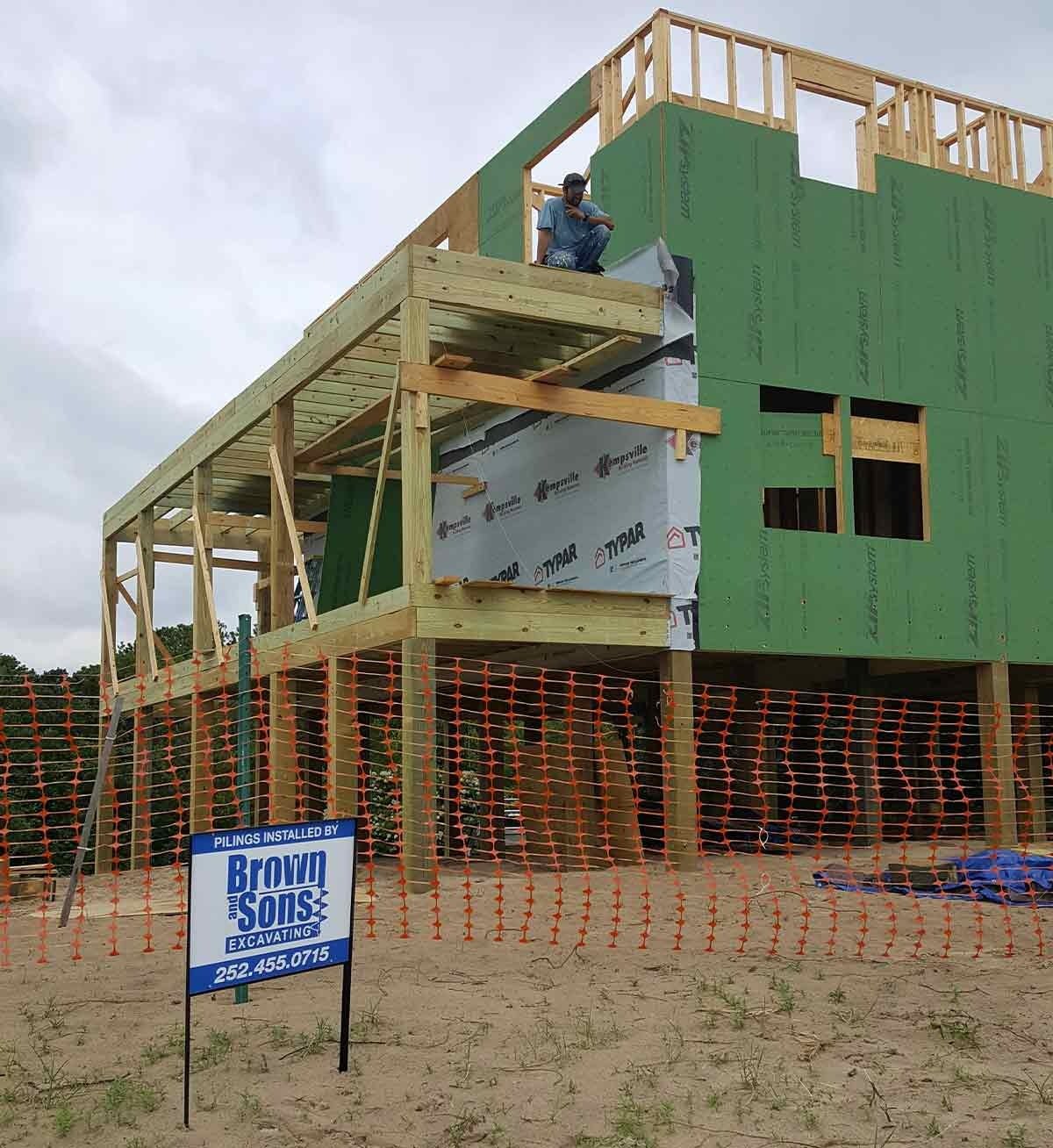
Piling Installation and Replacement Grandy Brown and Sons Excavating
The difference in cost between a big deep piling and a shallow small one is at least two fold. I think I paid about $550 a pile (install and materials) for 16 ft deep, 8x8s. We needed 24 for 1050 sqft of footprint so $12k. This is for 9 feet above grade to allow parking below - very common on the NC oceanfront.